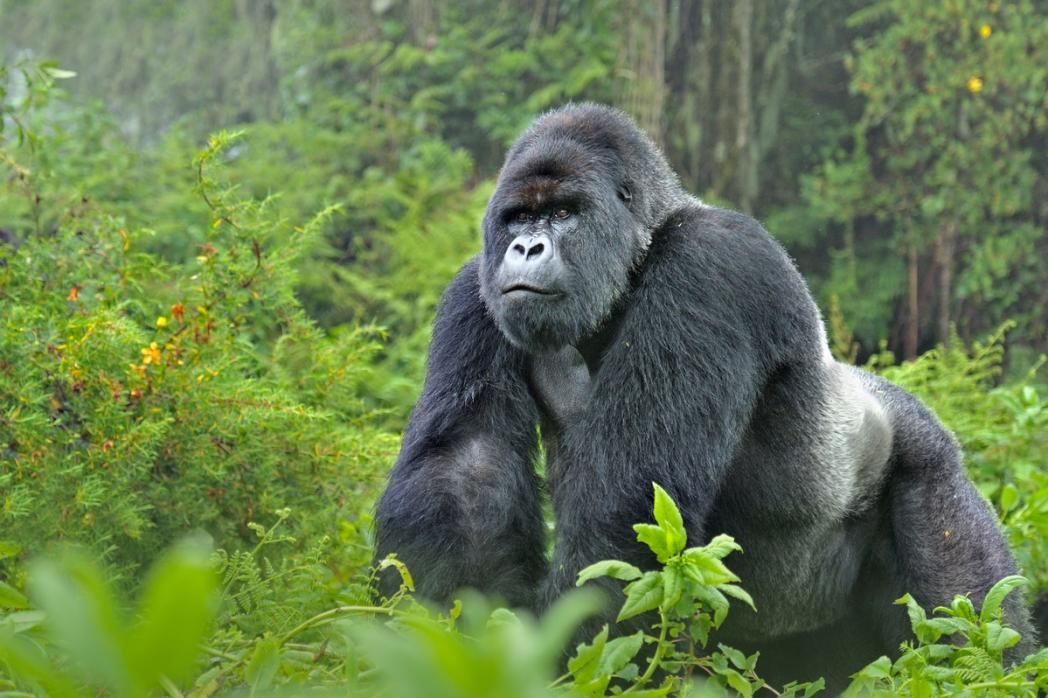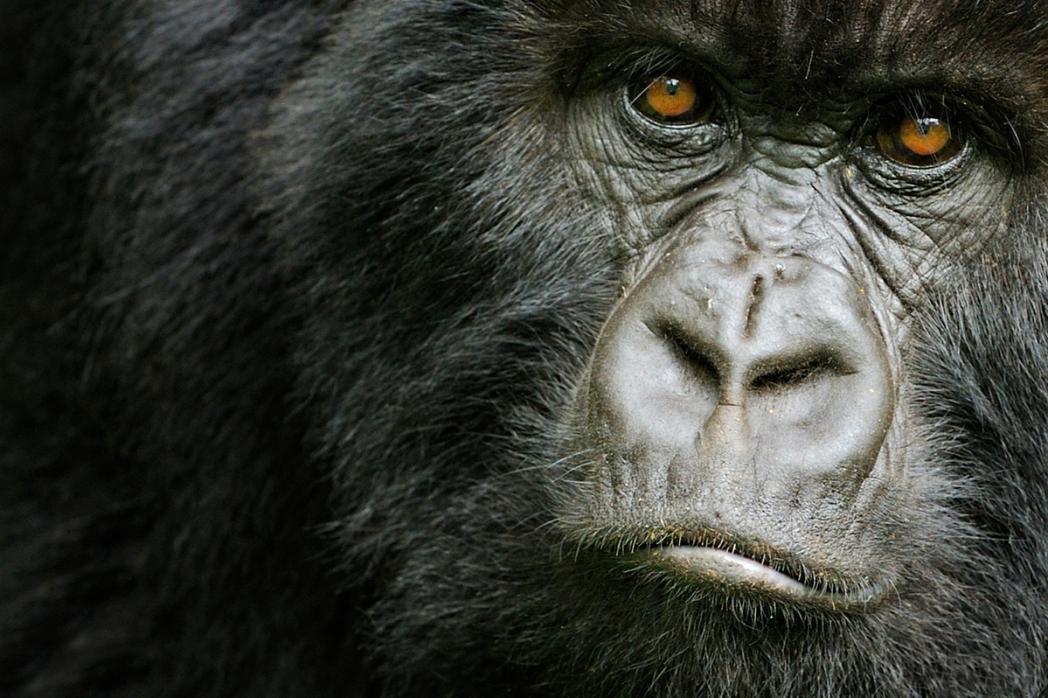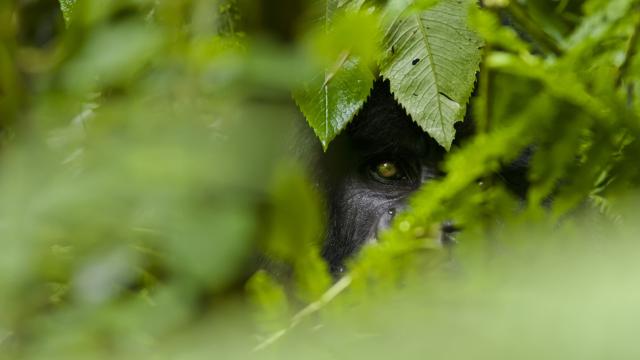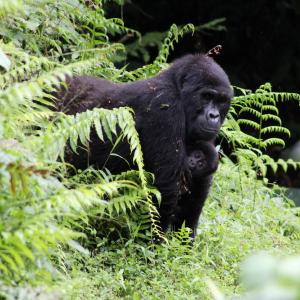Imagine spending an hour in the company of a group of mountain gorillas in their natural habitat. Every year, many thousands of tourists come to the Virunga-Bwindi landscape to do just that. Working through the International Gorilla Conservation Programme (IGCP), we’re making sure that tourism benefits people and gorillas in the long term.

Mountain gorilla tourism is worth millions of pounds to the national economies of Uganda, Rwanda and the Democratic Republic of Congo (DRC). And by ensuring that benefits are shared widely, it’s good for the communities who live alongside the gorillas too, providing much needed jobs and income as tourists come to stay, eat and buy souvenirs in the area. That in turn provides an incentive for governments and local people to support gorilla conservation.
It’s vital that the growing number of tourists doesn’t negatively affect the gorillas. So we’re promoting good practices for gorilla tourism operators, like keeping at least 7 metres away from the gorillas and wearing masks, where required, to stop the spread of disease.
We’re also making sure that communities benefit directly from conserving the gorillas and the national parks where they live. We’ve helped establish community-owned ecolodges, which mean that more of the income from gorilla tourism stays in the communities. Local people are also employed as guides and park rangers.

As well as this, a portion of the money tourists pay to enter the parks is invested into community projects. In addition, through IGCP, we provide support to a number of initiatives including:
- Helping communities grow onions in some 'buffer zones', areas which separate the national parks from community land – as well as providing an income, the onions deter wildlife from straying into farms, from their strong smell, helping to encourage co-existence between wildlife and local communities.
- Supporting village and loan associations to enhance the resilience of communities through low interest loans to improve livelihood and diversify income.
- Building capacity of local community groups to strengthen their position in local natural resource management and decision making.

 Mountain gorillas: close relatives at risk
Mountain gorillas: close relatives at risk